During a weekend trip to Bangalore, my wife and I were ambling around Lalbagh Gardens when we came across a very large stall claimed to be the centre of the Mango and Jack Show. As we walked in, we were greeted by a giant revolving mango. I was quickly approached by Professor Ramakrishna who was in charge of the show. After establishing that I was from London, Professor Ramakrishna proceeded to introduce me to every variety of mango and jackfruit that was on show.
Perhaps this would be a good juncture at which to explain the importance of mangoes here. During the mango season (approximately from March until the start of the monsoon in June) the fruit are everywhere. At the start
of the season, boxes of the famous Maharashtra alphonso mangoes start popping up at fruit stalls. As the season progresses, the prices go down and the boxes start popping up everywhere, even at traffic lights where hawkers try selling them to mango-hungry motorists. The New York Times recently wrote an informed article about the mango phenomenon in Mumbai.
At the mango show, my personal favourite was the mallika, which is a hybrid between a neelum and a dasheri. It had an orange soda flavour to it and it was pleasantly sweet. I expected to find a ball-shaped pit inside, but very curiously it was very long, wide and thin – almost wedge-shaped.
I noticed that as the professor took us from stall to stall, he would introduce me as being from London, which implied that I had flown in just to attend the mango show!
The most interesting discovery for me was the jackfruit. The fruit themselves are huge, and within them are scores of pods which have the edible parts in them. Having tried out three varieties, the taste ranged from pineapple to banana.
All in all, it was a very charming and curious Indian experience.
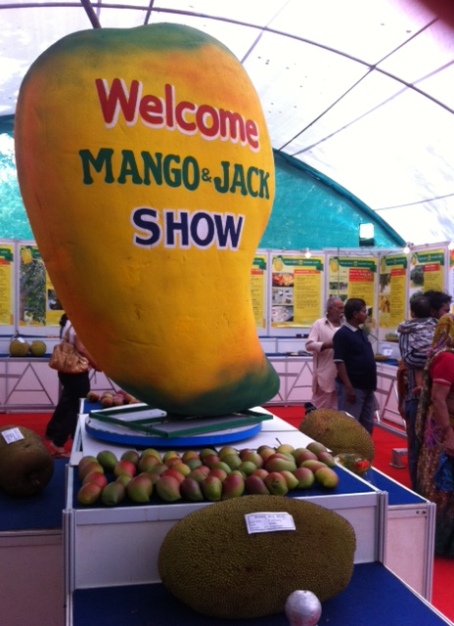
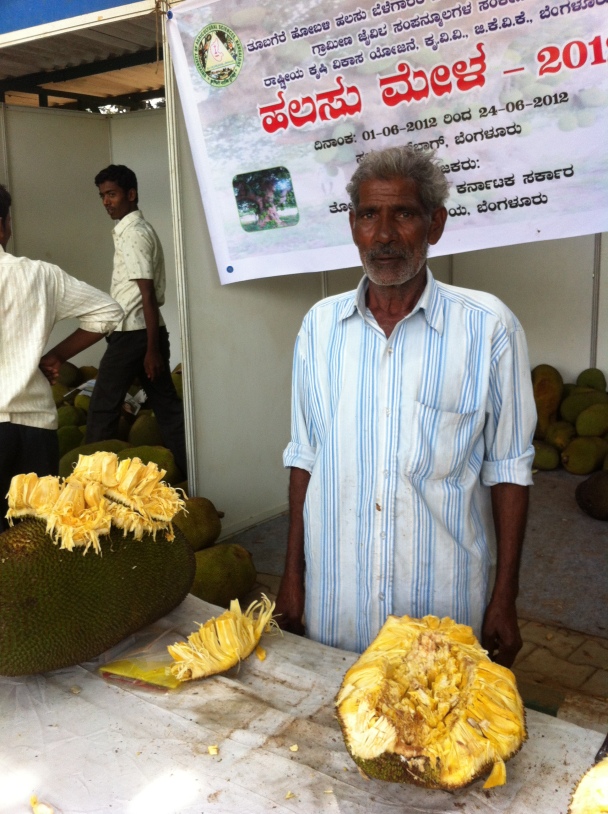

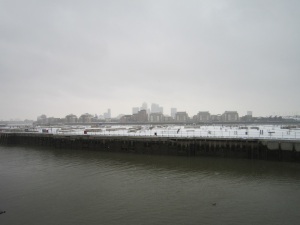







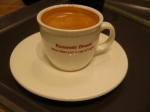


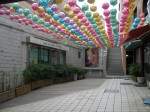
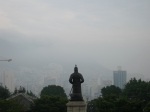
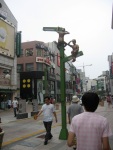
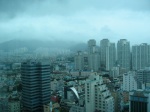

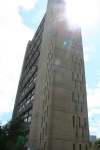




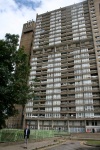

 (Photograph obtained from
(Photograph obtained from 